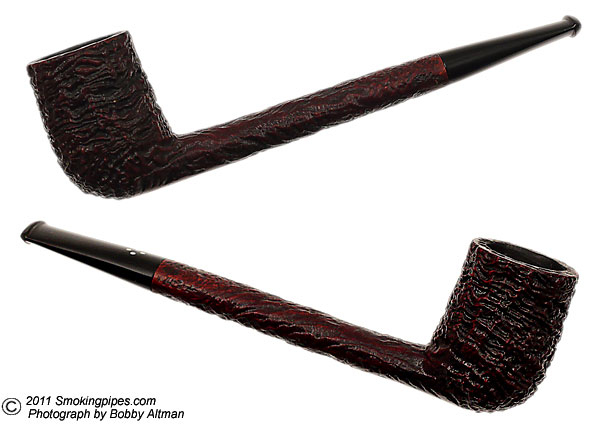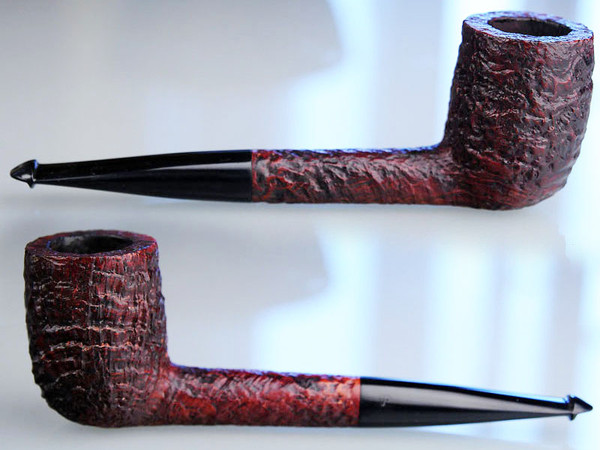Sam and Al,
love those blasts, thanks for sharing!
Jon,
great post!
Thanks for the additional info about BBB...
...and especially for adding the Orlik Dugout to the list.
Dugout is another one of those wonderful names, I wonder why they stopped using it?
Here's an old advert from 1922, these were early sandblasts indeed,
the image is small, but highly interesting:
...a couple of actual pipes:
It's a shame that the prewar history of Orlik is so foggy.
They did heavy advertising with Punch all throughout the 20's and the addy is odd,
62 Barbican E.C. 1
In the 30's their addy is listed as
17/14 Carthusian Street
In our limited knowledge, it's usually only Old Bond Street that gets a mention.
I wish we had more prewar info about L. Orlik pipes.
The changing faces of a shrewd judge:
Something totally unrelated to sandblasts is this pipe I just got myself, I've been flip-flopping for a good while on it, secretly hoping it would sell before I bought it. I hesitated because it was $90, but I finally decided to grab it while doing this looking into of Orlik - I think the pipe is from the 30's or 40's ??? At least I hope so, yet to actually hold it. It looks in excellent condition, being preserved in the case, the green velvet of which has appeared to leech a bit of its dye onto the pipe. I've been heavy into billiards lately and this appears to be an unusual design, would I be right to call it a Quaint?
In 1935, the Sterling (10/6) was the second highest grade, only behind the Bruyere Antique (12/6),
then the Regent (7/6) and the Extra Dry (6/6), and then the usual grades we associate with Orlik,
Corona (5/6) and De Luxe (5/6).
I hope it is a nice pipe, sorry for the off-course veer...
I still haven't got the Orlik Double Sand, it's coming from Germany, and it makes me wonder when the X designation was first used in the nomenclature, this one is marked XX36, the XX pipes seem to be uncommon...
I can't help myself when seeking out these old blasts.
I'm currently bidding (hopefully to win!) an old Finlay's Knobby, it looks old to me because of the Regd stamp, that certain scripted font seemingly in my mind associated with the 30's and 40's, but I could of course be totally wrong - also, the name, Knobby, was a pipe made by pre-Barling Portland, along with their Ruf Kut, so I have a vague sense that it just might be made by good 'ol Portland...pure speculation.
BBB used to list a "Super Barrage", which I think would be a splendid blast name, but I have no idea what it was.
The Delacour DBL had a Sand-Carved which seems to indicate a blast, but who knows really?
Bromage & Hawkins had a Rox Briar which is a toss-up, but more likely to be rusticated?
The mysterious Maurice was listing blast pipes in the 20's and as a pipe company they are totally in the dusty shadows, but I'd reckon they were a fine maker, mostly because of their prices - they sold their Sandblast alongside their topline Extra for the very same price, at 16/6 and that's a fairly high price comparatively.
To drag all this out even further, my apologies - I recently got the Imperial Sangrain and it too causes emergent questions, in main part due to the encircled country of origin stamp, which in my mind I've only associated with Loewe.
But exactly which period of Loewe is the question, and were the blasts made at Hammersmith or perhaps at Haymarket?
This is the Civic connection, they dropped their own Rock blast fairly soon it seems, and went with the Imperial Sangrain for a great many years. None of the old Civic pipes that I assume to be made at the Hammersmith factory carry the encircled logo, the only other pipe I've seen with it is Loewe.
My Sangrain unfortunately has a faint stamping of this very interesting mark:
Here's a wonderful chubby Rhodesian from Loewe,
would this be considered late Haymarket or early Civic era?
http://yeoldebriars.com/guest05.html
Unknown answers at this time.
Although I don't think it's exactly early, the Imperial turned out to be a very nice pipe,
pardon the dirtiness, still to be cleaned...
So, many questions remain.
One thing for certain is the extraordinary value of the old catalogs to document this stuff.
Or any scarce ephemera for that matter.
Some people make matters worse by destroying old printed matter and breaking up the pages to sell individually, most common with rare maps, and they usually end up making much more money.
But I cannot forgive this person who tore apart a wonderful old Bewlay picture album, as an intact artifact it's an amazing thing, and probably quite scarce, they did pay a tidy sum for it, at £142.00, but now it's torn all apart and this person is trying to sell individual pages for £55 each!!!
The original album:
http://www.ebay.co.uk/itm/HOUSE-OF-BEWLAY-TOBACCO-SNUFF-MFRS-V-SCARCE-COMPANY-PHOTO-ALBUM-OF-BRANCHES-/271467450994?pt=UK_Collectables_Tobacciana_Smoking_LE&hash=item3f34b89272&nma=true&si=zw%252FxzsrGgVj3zAykbi1SVGb%252BbO0%253D&orig_cvip=true&rt=nc&_trksid=p2047675.l2557
...and now the torn pages:
http://www.ebay.com/sch/i.html?_trksid=p2050601.m570.l1313.TR0.TRC0.H0.Xbewlay+photo&_nkw=bewlay+photo&_sacat=0&_from=R40
Okay, I'll finally wrap this segment up here, been rambling too much!
:

:































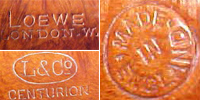
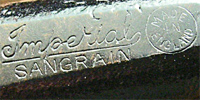
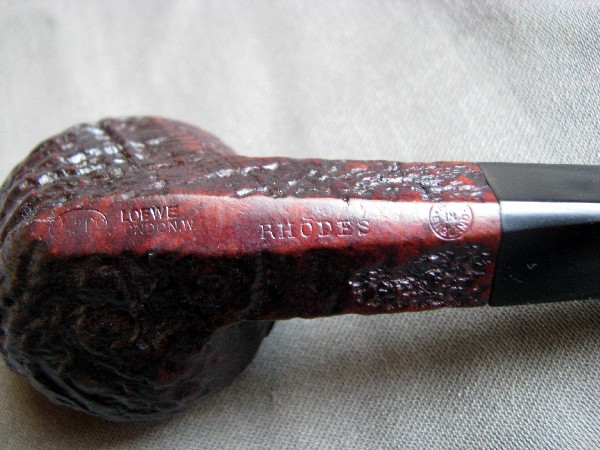





 :
: